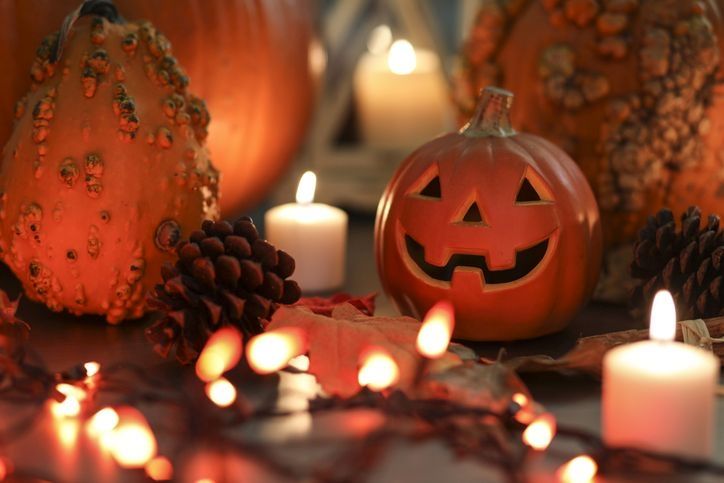Halloween Traditions From Around the World
Just because you’re teaching English abroad doesn’t mean you can’t get a little spooky! The origins of Halloween (a contraction of Hallow’s Eve also known All Saints Eve) dates back to Celtic festivals from 2,000 years ago who celebrated their new year on November 1 (also recognized as All Saint’s Day). Halloween is celebrated globally, with various unique celebrations and traditions. Although, there might be a little less candy than you’re used to. Discover the ways Halloween is celebrated all over the world, and who knows, you might even find your new favorite tradition!
1. Spain- El Dia de los Muertos (Day of the Dead or All Souls Day)
Halloween in Spain is a three-day celebration which traditionally begins on October 31st with Dia de las Brujas (Day of the Witches), continues with Dia de Todos los Santos (All Saints Day) on November 1st, and wraps up with Dia de los Muertos (Day of the Dead) on November 2nd. In Spain, Halloween is about celebrating and honoring the dead and the continuity of life. Specific customs include families gathering at the grave of their loved ones with holy water, food, flowers and drinks to socialize and celebrate.
2. Czech Republic- All Soul’s Day
While they don’t traditionally celebrate Halloween, the Czech Republic does recognize all Soul’s Day on November 2nd. The Czech refer to this as Dušičky, or little souls. This is a day of remembrance for those who have passed. Around this time of year, cemeteries are often lit with candles with wreaths lain on graves of loved ones. However, many in the Czech have not shied away from Americanized traditions of Halloween, and costume parties and jack o’ lanterns can also be found!
3. Chile- All Saint’s Day
Halloween celebrations have become very popular in the major cities of Chile with events found throughout Santiago. Children dress up in costumes and decorations can be found in shops. However, much like in Spain, Chile recognizes All Saint’s Day on November 1st. Families will again visit loves ones who have passes and decorate graves and tombs to celebrate life and death.
4. Morocco- Boujiloud Festival
Also known as Moroccan Halloween, the Boujiloud Festival is a tradition that explore the conflict between good and evil. This three-day celebration includes singing, dancing and masquerades. Many wear sheepskins, goatskin or even bird feathers for the spectacle. This attire makes sense considering Boujiloud means “the person who wears sheepskin”. This is considered to be a symbol of a good omen for repelling evil.
5. South Korea- Chuseok
One could argue that the South Korean holiday Chuseok parallels Thanksgiving over Halloween. Due to where it falls on the calendar in early October, we’re going to add it to the list anyways. Translated, Chuseok means “Autumn Eve”, and is a three-day harvest festival where Koreans share a traditional feast with their family members. This event is also meant to recognize those who have passed on and Korean families will hold memorial services both in their homes and ancestral graves.
6. China- Festival of the Hungry Ghosts
In China, the souls of the dead wander the earth in search for recognition and care, hence their name, the hungry ghosts. These are the souls of those who died unnatural deaths or were given improper burials, therefore they feel abandoned. The Festival of the Hungry Ghosts is meant to make these spirits feel welcome in order to satisfy their hunger. During the rituals, the spirits are offered food and gifts; paper money is even burnt in order to pay for their expenses in the afterlife.
7. Thailand
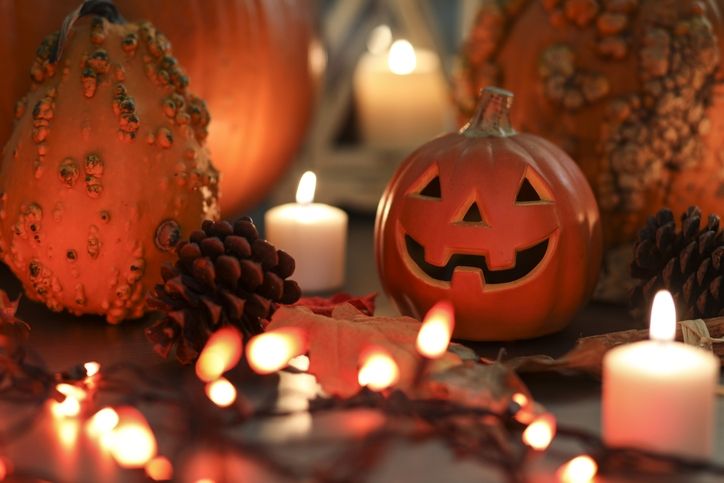
Many in Thailand do not know or recognize Halloween, but with such a large population of expats (such as English teachers abroad) nightclubs in Bangkok have been known to get in the spirit of the holiday by throwing Halloween parties.
However you celebrate the day, we hope you have a happy and safe Halloween from your friends at CIEE!
Related Posts
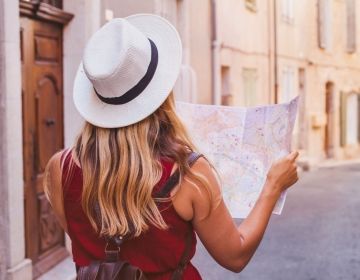
Best Teach Abroad Programs for Learning a New Language
Spending a year abroad comes with so many life changing experiences, and learning a new language is one of them. When you learn a new language abroad, you can better... keep reading
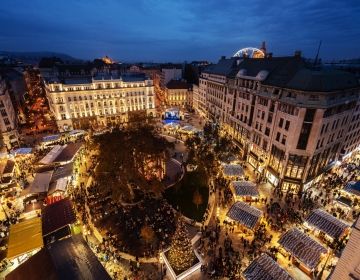
Top 10 Christmas Markets from Around the World
Near, far, wherever you are, Christmas cheer can be found! When you teach English abroad you not only get to experience new cultures, you get to experience new holiday traditions... keep reading
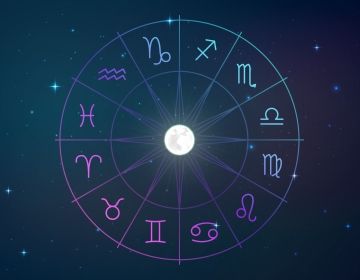
Where Should You Teach Abroad Based on Your Zodiac Sign?
Aren't sure where to teach abroad? Leave it up to the stars!
